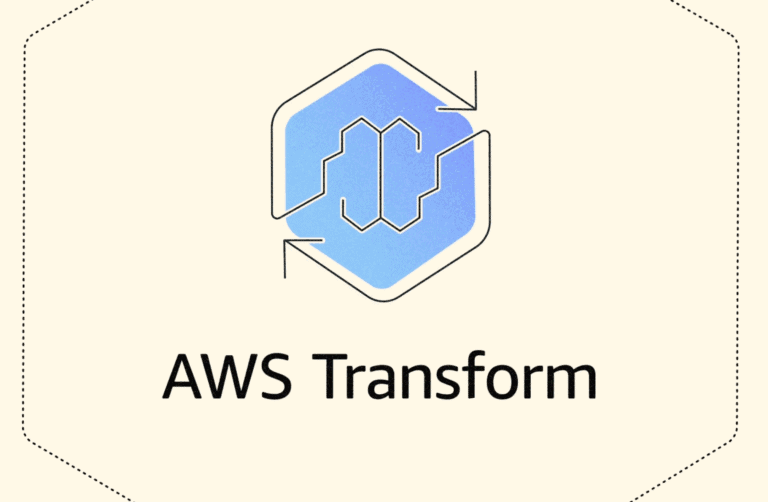Last December, Amazon launched Q Developer to hunt down legacy applications. Now renamed AWS Transform, it is widely available to clean up .NET, mainframe, and VMware legacy systems.
Migrations that take hours instead of weeks was Amazon’s primary promise when it was still called Q Developer. In addition, modernizations would be about 40 percent cheaper. Six months later, these USPs remain intact with the triple announcement of AWS Transform.
Agentic at scale
The details vary for each legacy option, but AWS refers to an agentic AI service that modernizes at scale for .NET, mainframes, and VMware. LLMs, graph-based neural networks, and internal AWS expertise are designed to take the guesswork out of the otherwise slow and painful migrations of these older services.
The task AWS is taking on naturally varies depending on the legacy service. For example, during re:Invent 2024, the company explained that the move to a more modern, “Linux-ready” .NET is possible. This not only provides a more suitable format for containers, for example, but can also save up to 40 percent in licensing costs.
For VMware customers, the pain point is more about the desire to move on-premise workloads to the cloud while also making them suitable for this. This can speed up things like network translations by up to 80 times, while Amazon says execution time in pilot programs has been cut by 90 percent.
Finally, AWS Transform tackles mainframe workloads, which we previously stated are much more complex than modernizing VMware workloads. After all, there are not that many mainframe users, and they often have exotic configurations. Even in ideal scenarios, migrations still take months, according to Amazon, although without Transform, this would have taken years.
New possibilities
Transform for .NET
With the general release, AWS Transform in all its forms also has new features. Projects with private NuGet package dependencies were previously uncharted territory for Amazon Q Developer, but can now be modernized. Transform even modernizes the source code of a private NuGet package if it finds it. If not, developers can upload the necessary NuGet packages themselves to maintain functionality. Transform shows this in the UI if necessary.
Unit tests could already be ported from .NET Framework to the cross-platform .NET. Now, users can also run these unit tests after Transform has done its work. A summary in JSON format provides an overview of all changes at the end of this process.
Other innovations revolve around the ability to carry over existing UI layers, extensive connector support, automatic selection of dependent repositories, a downloadable assessment report, and email notifications of current Transform jobs for .NET.
Transform for mainframes
Due to the nature of these architectures, a different approach is required for mainframes. Here, Transform mainly focuses on making a correct analysis and transferring business rules. This means that not all the peculiarities of mainframe applications have to be the same, but they must function in exactly the same way at the end of the day.
To achieve this, Amazon guides the user through a migration process using an interactive planning tool that displays all relationships between components. It also offers optimization options for consideration. The simplest strategy is code refactoring, which is a daunting task in itself in a language such as COBOL. The end result (whether it contains COBOL, VSAM, or DB2) is a Java Spring Boot app. The final Java code focuses on readability, maintainability, and “technical excellence,” according to Amazon.
Transform for VMware
It appears that the Transform setup for VMware migrations has not changed significantly since it was announced in December. AWS IAM Identity Center is required first, after which users can choose encryption settings (managed by AWS or by the organization in question). This is followed by discovery, provisioning, and deployment, again with the requirement to activate various AWS services. The end result is a group of EC2 instances that have taken over the on-premises VMware tasks.
Conclusion: innovation in acceleration
When we first discussed the solution now known as AWS Transform, we already stated that its use is not always a no-brainer. Even if it works well, there are reasons (such as compliance, control, and/or existing expertise) to keep your VMware and mainframe workloads on-premises. However, the move to the new cross-platform .NET is definitely logical, and something that AWS has now made easier than ever.
Read also: AWS means serious business with European Sovereign Cloud: how does it stack up?
